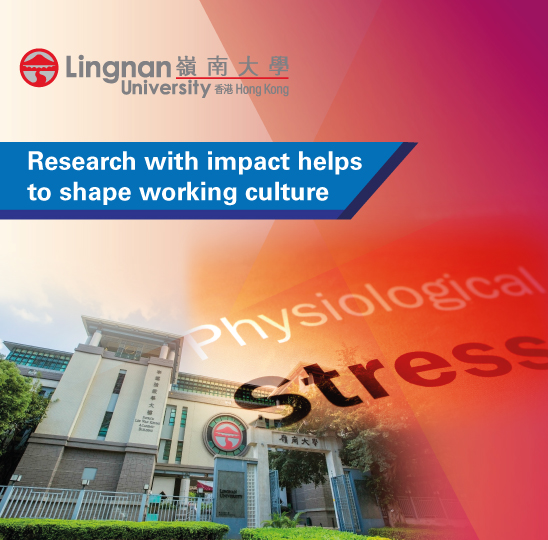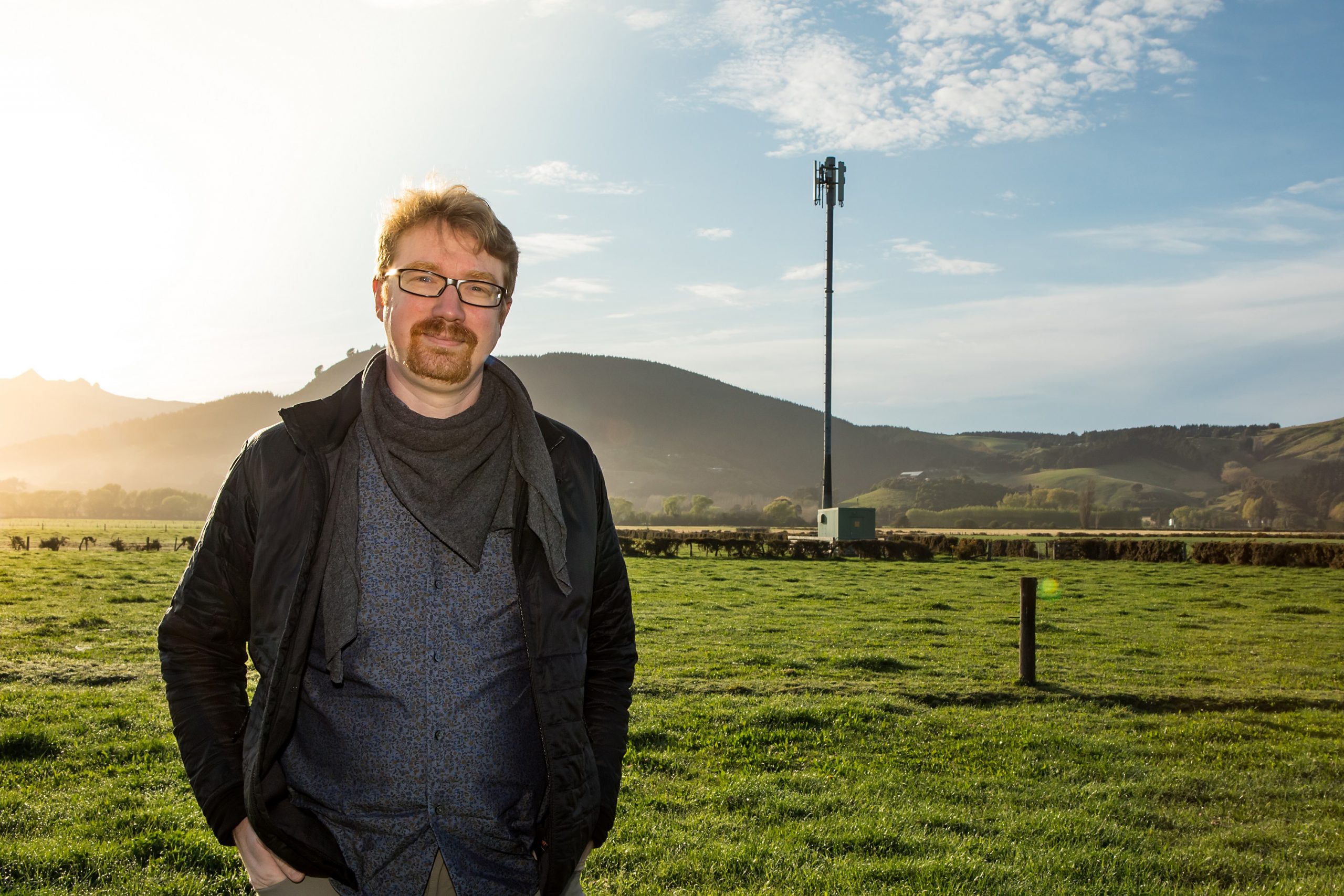With the start of London Fashion Week, Spanish sustainable brand Sohuman presents an inspirational and hopeful new clothing and accessories collection. Hosted by London College of Contemporary Arts (LCCA), it highlights a bright new beginning finally blossoming after many times of darkness.
With the start of this Fall/Winter season, Sohuman is sharing a colourful and playful lifestyle through its collection, like roses that bloom after a long wait, full of youth, light and brightness. The brand, however, does not forget that darkness exists too, but can do nothing but fight against it with its fair, bright and active spirit. Sohuman never forgets its three pillars: exceptional quality, ethical manufacturing and radical transparency, as the brand looks to share and delicately nourish its incredible new collection with the public.
“The brand works towards a better future in fashion and women’s lives within the Fashion industry. We believe Sohuman is part of the beginning of a new era, and we don’t forget our responsibility in it. We want to dedicate this collection to the daring, powerful and sophisticated women that inspired us,” says designer Javier Aparici.
The show is hosted by London College of Contemporary Arts, a pioneer Fashion, Arts and Business college for creative, innovative, and artistic individuals. Commenting on hosting the show, Deborah Hayes, Managing Director, says. “We are extremely proud and happy that such an inspiring brand chose our campus for its fashion show during London Fashion Week. This week is crucial for our passionate students and LCCA is particularly committed to teaching sustainable and ethical fashion to durably change the industry”.
Sohuman thanks all the women that have inspired and work with it through this collection that reflects the work toward a better future with a bright and hopeful spirit.





